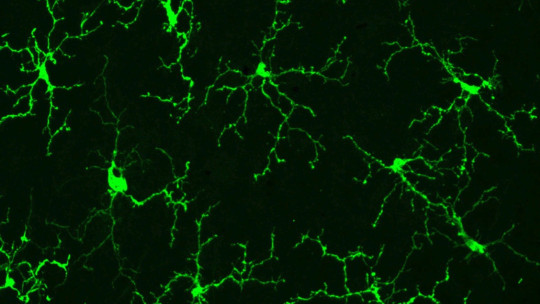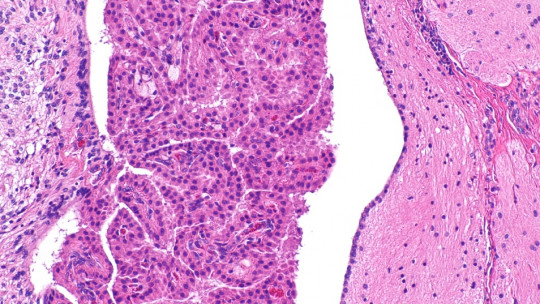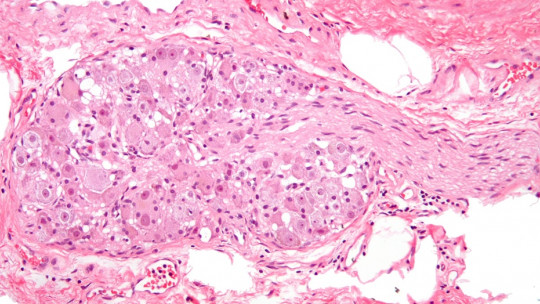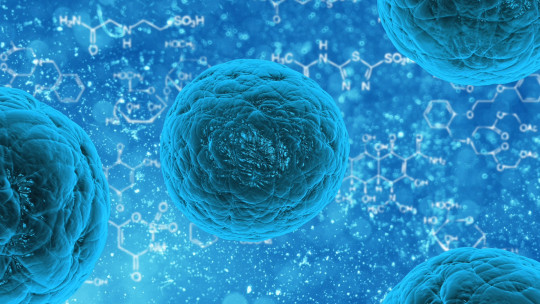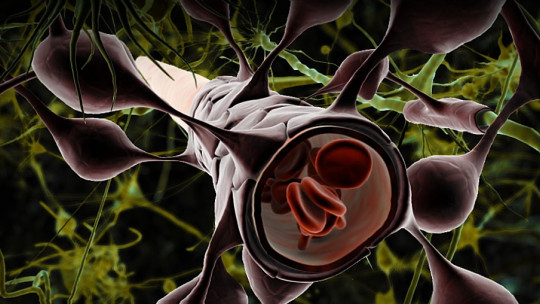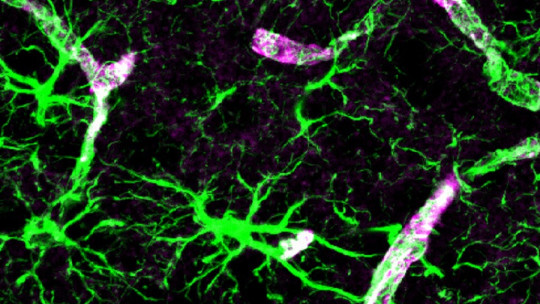
The lymphatic system, also known as the lymphoid system, is made up of a network of vessels, nodes and organs that are part of the immune system. Lymphatic vessels carry a clear fluid called lymph back to the heart for recirculation.
The main purpose of lymph is immune defense; eliminates foreign bacteria and other agents from the body. Lymph contains waste products, proteins, antibodies, and dead cells, as well as microbes. Lymphoid organs are made up of lymphoid tissue and are the sites of production and activation of different immune cells.
Until recently, it was thought that the brain and spinal cord lacked a lymphatic system. However, recently the existence of a type of brain lymphatic system has been demonstrated. This macroscopic waste elimination system is called the glymphatic system, due to its dependence on glial cells and its functions homologous to those of the lymphatic system within the central nervous system.
In this article we explore the glymphatic system its main functions and the implications of this discovery for the treatment of neurodegenerative diseases.
What is the glymphatic system?
The glymphatic system is a network of vessels used to remove waste from the central nervous system or CNS. This system is especially active while we sleep, eliminating toxins and other waste from brain metabolism. Recently, research has shown that the glymphatic system can alter and decrease its function over time; this has been suggested as a possible cause of some neurodegenerative diseases.
The glymphatic system It is the brain and spinal homologue of the lymphatic system The lymphatic system assists the immune system and provides a parallel pathway to the circulatory system for the removal of fluids from the body. This system transports excess interstitial fluids, proteins and waste materials out of the various organs and tissues of the body. These substances are discarded to regulate fluid volume and osmotic pressure; This is critical because failure to remove these soluble proteins can cause serious blockages.

Any blockage in the lymphatic ducts can have dramatic consequences. In cases of elephantiasis, a disease caused by lymphatic parasites, chronic edema occurs when lymph elimination stops and interstitial solutes accumulate.
Paradoxically, the lymphatic system does not extend to the central nervous system: the brain and spinal cord. Until the discovery of the ginglafatic system, several hypotheses were raised about how the brain eliminated waste.
Brain Cleansing Model
The brain, like all organs in our body, produces metabolic waste; all enzymatic reactions produce waste that must be eliminated. The glymphatic system It is formed by water channels and uses cerebrospinal fluid as a transport fluid
Cerebrospinal fluid (CSF) is a clear, colorless fluid that surrounds the brain and spinal cord. Its main function is protection: it helps cushion blows or injuries. Also is responsible for removing waste products from the nervous system However, the way in which the different residues were exchanged between brain tissue and cerebrospinal fluid is a recent discovery.
A 2012 study led by M. Nedergaard and researchers at the University of Rochester used two-photon fluorescence imaging to look at the arachnoid cerebrospinal fluid of living mice. Through in vivo two-photon excitation microscopy, the Rochester team was able to observe cerebrospinal fluid flow in real time without having to drill into the compartment.
According to their findings, cerebrospinal fluid is exchanged with the interstitial fluid surrounding the brain through the paravascular spaces that surround the large veins and facilitate drainage.
Normally, the cerebrospinal fluid is separated from the brain tissue, preventing the exchange of substances. However, the traditional model of cerebrospinal fluid hydrodynamics has been firmly questioned. Currently, we know that cerebrospinal fluid is capable of entering the spaces near the smallest blood vessels that reach the brain (Virchow’s spaces). There, it can be exchanged with the interstitial fluid; This occurs thanks to a channel formed by astrocytes. The feet of these glial cells surround the space that surrounds the capillaries of the brain, forming the glymphatic channels through which brain interstitial fluid circulates.
The exchange of materials through glymphatic transport results from energy sources that are still partly unknown. Mainly, energy is obtained from the pulsations of the arteries and the pressure created when producing cerebrospinal fluid. Waste products, such as proteins and metabolites, are removed from the brain tissue and transported to the cerebrospinal fluid for elimination. Approximately 50% of the cerebrospinal fluid reaches the cervical lymph nodes for filtration.
What influences the functioning of the glymphatic system?
The ability of the lymphatic system to function correctly depends on several physiological aspects of different organs in our body. These include the immune system, cardiac system, and circulatory system. Lifestyle, disease, and inflammation can have negative effects on the glymphatic system. These alterations can cause glymphatic drainage to be slower negatively affecting the health of the body in general and mainly the brain.
Studies have shown that the lymphatic system is most effective and robust when the heart is pumping, blood is flowing, the body is relaxed, and the brain is enjoying restful sleep.
The brain performs cleaning functions during sleep This is because the glymphatic system is most active at this time. The exchange between cerebrospinal fluid and interstitial fluid is more efficient due to the increase in extracellular space.
Different studies have shown that it expands by 60% during sleep. Based on these discoveries, it is believed that the increase in glymphatic clearance during the night could be one of the causes of the restorative properties of sleep
The aging process affects glymphatic transport, specifically the channel expressed by astrocytes that carries out most of the system’s exchange. The canal can also deteriorate due to sleep deprivation. Some studies have shown that exercise can mitigate these effects in mice. This suggests that physical activity could have a neuroprotective function.
Relationship of the glymphatic system and neurodegenerative diseases
Some neurodegenerative diseases may be caused by changes in glymphatic function related to aging These include alterations in the glial cells responsible for creating glymphatic vessels, decreased production of cerebrospinal fluid by the choroid plexuses, reduced flexibility and arterial pulsations that provide the necessary energy for exchange with interstitial fluid, and a reduction in the ability of CSF to move through the brain.
The glymphatic system removes large proteins from the brain during sleep. One of those proteins is amyloid beta, which is the main component of brain plaques associated with Alzheimer’s disease. Impairment of the glymphatic system may also be involved in stroke and cortical spreading depression.
Researchers believe that increasing glymphatic transport could potentially delay the onset of Alzheimer’s disease and other neurodegenerative diseases. Experiments in animals show that reduced glymphatic transport often precedes disease; Therefore, they would allow us to conclude that greater glymphatic transport could help postpone the onset of the disease.
The relationship between glymphatic functioning and exercise opens a possibility of new treatments for neurodegenerative diseases These treatments are likely to be more effective if given early in the progression of dementia. Methods to assess glymphatic flow via magnetic resonance imaging or positive emission tomography are currently being developed as clinical diagnostic tools.
The glymphatic system may have more functions than waste removal. In the future it could also participate in the administration of growth factors and medications, research suggests.

